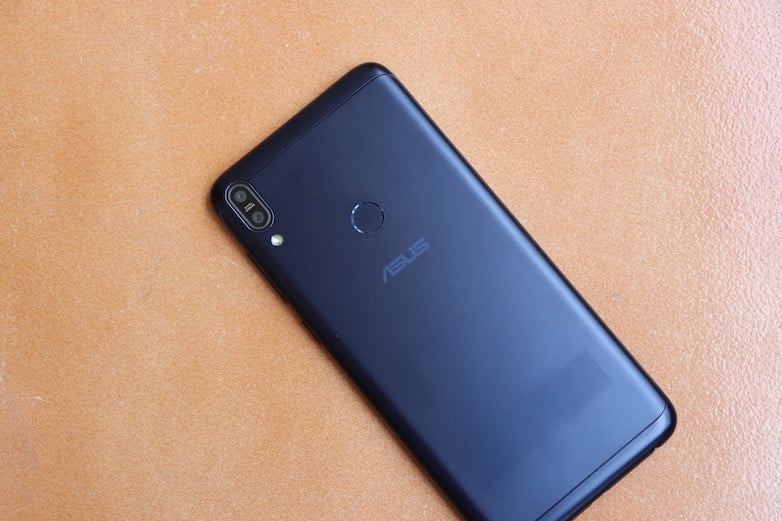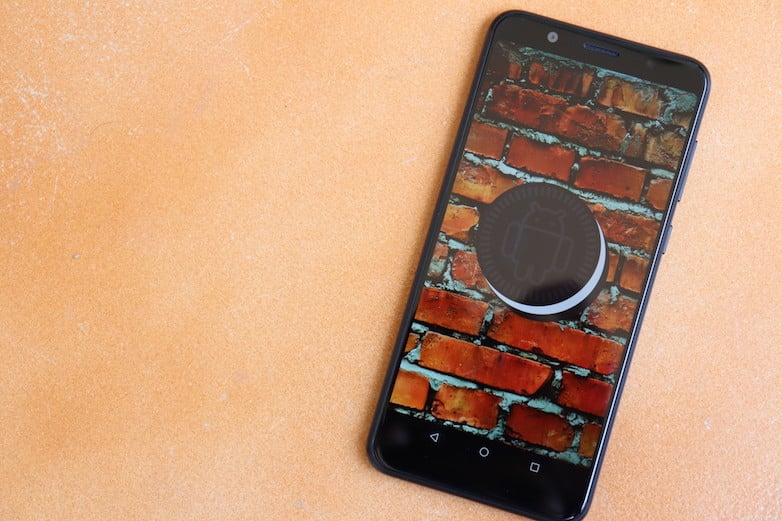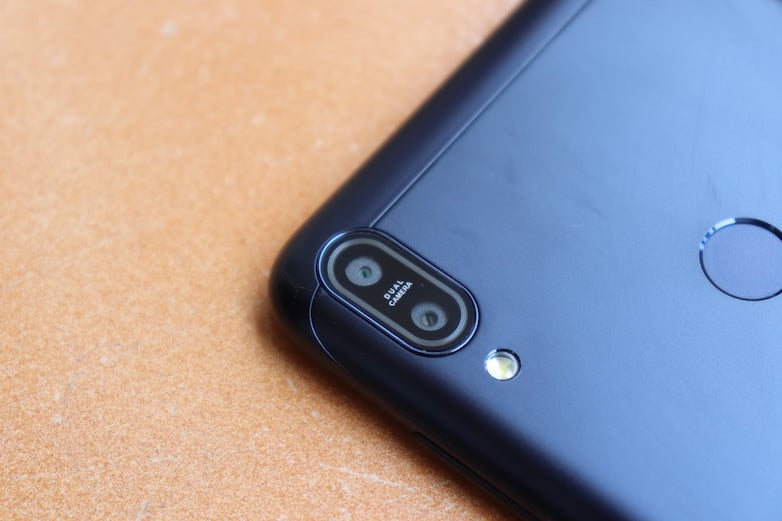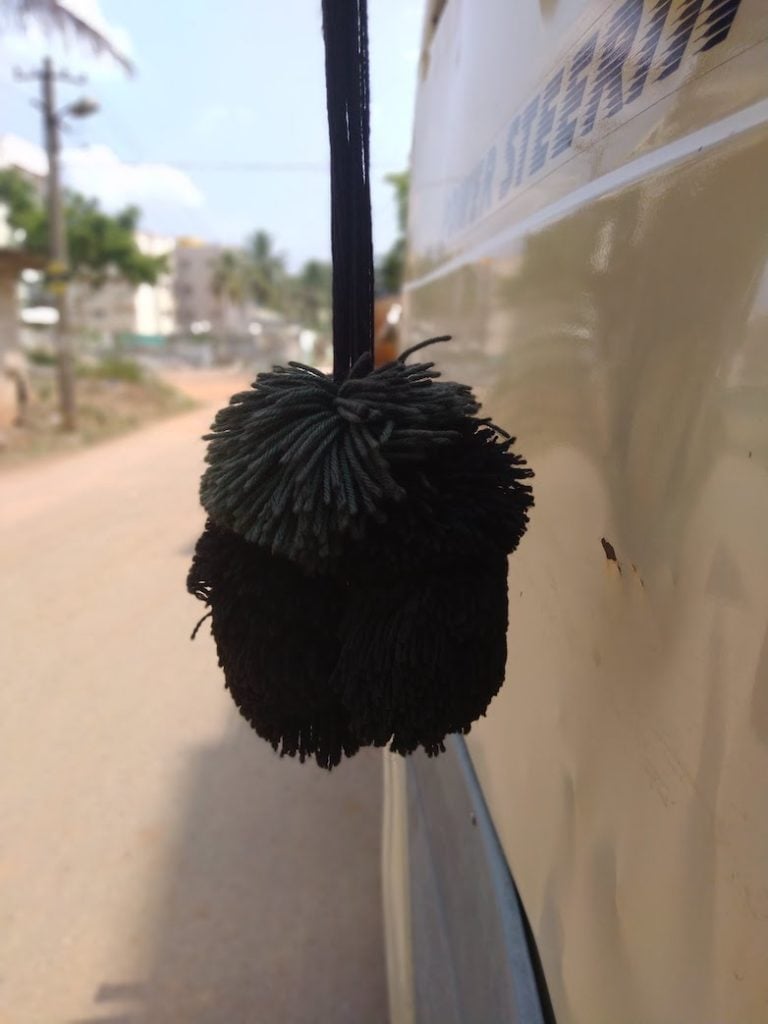Asus used to be one of the top players in the Indian market a couple of years ago, however, with the resurgence of Chinese brands such as Xiaomi, Honor, etc., Asus' name quickly faded away from the minds of Indian consumers. But in 2018, the Taiwanese brand is looking to make a comeback into the super crowded Indian smartphone market promising some 'excellent value for money' products. The first step in the direction of the same is the partnership with Flipkart which it announced last week. And the second step in Asus lineup is launching the product it teased last week. Asus has today unveiled the Asus Zenfone Max Pro (M1) (will refer it as the Zenfone Max Pro going forward). The Zenfone Max Pro today made its Global Debut in India, and it's primarily aimed at the Xiaomi Redmi Note 5 Pro.

On paper, the Asus Zenfone Max Pro packs excellent specifications which are completely in-line with the Xiaomi Redmi Note 5 Pro and in some aspects, the device masters the latter. I have been using the smartphone for more than three days now, and here's my experience on the same.
Asus Zenfone Max Pro Specifications:
Before heading to the article, let's rundown the specifications. The Asus Zenfone Max Pro flaunts a 5.99-inch Full HD+ display with a resolution of 2160 x 1080 pixels, meaning it's an 18:9 display panel. Notably, this is the first Asus smartphone to come out with an 18:9 display in India. The display exhibits maximum brightness levels of 450nits and has 1500:1 contrast ratio. Asus says that the phone offers 83% screen-to-body ratio, which isn't bad for a mid-range device.
Internally, the phone packs the Qualcomm Snapdragon 636 chipset, clubbed with 3GB/4GB of RAM and 32GB/64GB of internal storage. If you're running out of storage, don't be worried as Asus has added a dedicated microSD card slot in the smartphone, which makes it a lot easier for the users with two SIM cards. Moving on the cameras, the Zenfone Max Pro packs dual rear cameras at the back, followed by a single one on the front.

The primary camera on the rear has a 13MP sensor with f/2.2 aperture, 80-degree view angle, PDAF and LED light. The secondary 5MP sensor is a dedicated depth-sensing one for adding bokeh effect to the images. The front-facing camera is an 8MP sensor, and it also offers a bokeh mode for Portrait shots.
It has a 5000mAh battery inside and surprisingly, the Zenfone Max Pro boots Android 8.1 Oreo-based stock ROM out of the box. It comes in two colours: Meteor Silver, Deepsea Black.
Asus Zenfone Max Pro First Impressions:
Asus' Max lineup of devices was always aimed at heavy battery users, and the tradition continues with the Zenfone Max Pro as it comes with a beefy 5000mAh unit. When I first heard about the phone coming up with a phone with such huge battery, I thought the weight would be over 200grams, but Asus has done a great job in keeping the device to 180grams. And another best part is the weight is evenly distributed, which doesn't give you a feel of holding a device with 5000mAh battery. The Zenfone Max Pro measures 8.61mm in thickness, which is in-line with several mid-range smartphones available in the market.

Coming to the design and build, Asus has again done an excellent job. It's better to say the company did not take any risks while designing the device, which is a good thing. The smartphone boasts unimetal body design with no camera protrusions at the back. Thanks to the plain back, the device feels extremely slippery when taken into hands. Asus is not bundling a case inside the box, of course, cost-cutting comes into the play here. Bearing the slippery nature, I don't have anything to complain about the smartphone. The power and volume rockers are in good reach and are tactile too.
The front of the phone is dominated by the 5.99-inch display, which boasts of Full HD+ resolution. The display offers decent viewing angles, and I had no issues in reading the text under direct sunlight. The display has a 2.5D curved glass on top as well.

Moving on, here's the surprising part. Asus, for the first time, is using stock Android on its smartphone, thanks to the Indian consumers love towards stock Android. The Zenfone Max Pro boots Android 8.1 Oreo out of the box with slight touches from Asus. My review unit is running pre-released software, but it was optimised perfectly. There were some app crashes, but Asus promised that the final build of the software would not have any issues as such. Asus will be adding some of its applications to the smartphone like Xiaomi did with the Mi A1 Android One device, and there will be Face Unlock feature on the device right out of the box.
With stock Android 8.1 Oreo and Snapdragon 636 SoC, performance was extremely smooth on this device. Besides some app crashes, I did not face any performance issues with the phone until now. The usage of Snapdragon 636 SoC allowed Asus to enable dual 4G and VoLTE functionality on the Zenfone Max Pro, something Indian consumers have been asking for a while now. I tested this feature using the Jio 4G SIM card on the secondary slot; it worked absolutely fine. And the phone comes with a dedicated microSD card slot, which is another feature Indian consumers die for.

Next up, we have the battery life. The 5000mAh battery on the Zenfone Max Pro coupled with the power efficient Snapdragon 636 SoC, the battery life was exceptional. Over six hours of screen-on time is a piece of cake with the smartphone, and with moderate usage, the battery life would be even better. On Wi-Fi network, I managed to go past two days with a single charge and on a constant 4G network, I was able to achieve one and a half days worth of battery. There's a 10W charger inside the box, which will charge the device from zero to 100% in two hours and 42 minutes.
Like earlier Asus devices, the Zenfone Max Pro also comes with a five-magnet speaker and to take the experience further, Asus is bundling a new accessory called Max Box for free inside the retail package. The Max Box amplifies the audio performance by 2x, and the claims are true as I tested the Max Box, which came bundled with the unit.

Lastly, we have the cameras. The Zenfone Max Pro comes with a dual camera setup at the back along with a single front-facing camera. The camera application which Asus is using on the smartphone is the Snapdragon camera application. The camera application is still in development, so I will detail about it in my full review of the product once the final firmware reaches my device. Also, comment down if you want to see a dedicated camera comparison between the Redmi Note 5 Pro and the Zenfone Max Pro. Take a look at some shots captured using the Zenfone Max Pro.



The Asus Zenfone Max Pro in India retails at Rs 10,999 for the base 3GB RAM and 32GB storage option, while the 4GB RAM and 64GB option will be available for Rs 12,999. That' seriously good pricing from Asus India and in the pricing front, the device competes with the Xiaomi Redmi Note 5 and not the Note 5 Pro.
The battery life, performance, display, design, dual VoLTE support, stock Android Oreo makes the device a worthy one to purchase. And at the same time, it puts the Xiaomi Redmi Note 5 Pro in some serious trouble.















